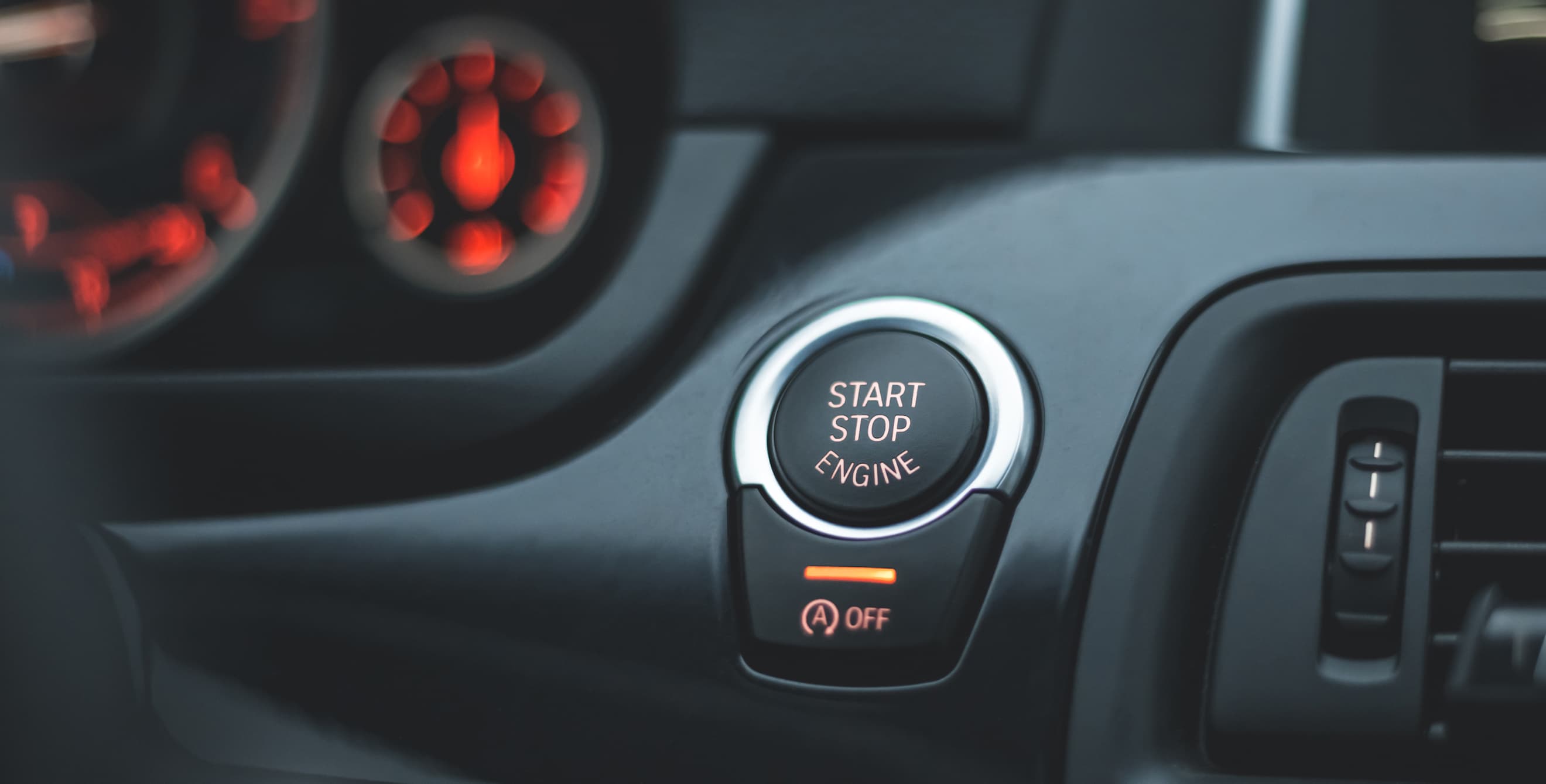
Do You Really Need to Warm Up Your Car?
As the weather changes, it may be time to rethink this habit.

If you’ve been skipping this “necessary” step and are worried that you’ve been hurting your car, have no fear. It is not necessary to warm up modern vehicles before driving. The practice is also bad for the environment and can put you at risk of having your vehicle stolen if you leave it running unattended.
However, this is a myth that just won't die because like every myth, there's a bit of truth to it that allows the misinformation to thrive.
How the Myth Got Its Start
Like much automotive advice that gets passed from one generation to the next, the reason this myth seems so accurate is that for many years, warming up your car was, in fact, required.
Carbureted vehicles, which were produced into the mid-90s, had a choke that would restrict airflow into the engine when you started your car. “If you attempted [to] drive the vehicle with the choke engaged, the engine would run rough, perhaps ‘buck’ and maybe even stall out,” said David Bennett, senior automotive manager at AAA. “Once the engine warmed up—after a minute or two—the choke was no longer needed, and you could drive the vehicle normally.”
Another common myth surrounding the instructions to warm up your car is the belief that doing so allows the oil to thoroughly lubricate the engine. The idea here is that when the car sits, engine oil collects in the oil pan. However, most vehicles circulate the oil as soon as you start the engine, which means they are ready to drive immediately.
Why Warming Up Your Car Is No Longer Recommended
These days, “electronic engine controls have taken the place of carburetors,” explains Bennett.
The electronic engine controls are designed to make all of the necessary adjustments to the air and fuel mixture based on current conditions, which allow the engine to operate at peak efficiency no matter the engine or outside temperature. In fact, Bennett says that “the engine will warm up quicker by driving the vehicle than it would idling in your driveway.”
The Environmental Protection Agency also advises against warming up your car, even in the winter, because “unnecessary idling of cars, trucks, and school buses pollutes the air, wastes fuel, and causes excess engine wear.”
While skipping a few minutes of idling every time you start your car might not seem that impactful, the U.S. Department of Energy found that if drivers of personal vehicles were to avoid all unnecessary idling, it would have the same effect as taking 5 million cars off the roads. Additionally, some municipalities and states limit how long you can idle your vehicle.

Here’s What to Do Instead
Start your car as soon as you get in. By the time you adjust the radio and put on your seatbelt, your car is ready to go. That’s about 30 seconds after it starts.
Once you start driving, the engine and the car interior will warm up much faster than simply idling. The heater works better and increases the temperature more quickly while driving. To best protect your engine, take it easy instead of slamming on the accelerator for the first five minutes of driving.
What about in the winter?
The term “warm up your engine” might allude to the additional time required to warm up in cold weather, but the weather has no impact on whether or not you need to warm up your car. This is, however, specific to warming up for the sake of your engine, not visibility.
If your windshield is covered in snow or ice, you may need to sit for a few minutes and let your defroster do its job in order to be able to drive safely. But don’t let the defroster do all the work. Use an ice scraper and de-icer if needed. And don’t forget to remove any snow on the roof, hood, or trunk. “You do not want that snow to come loose while driving and hit the vehicle behind you,” Bennett says.